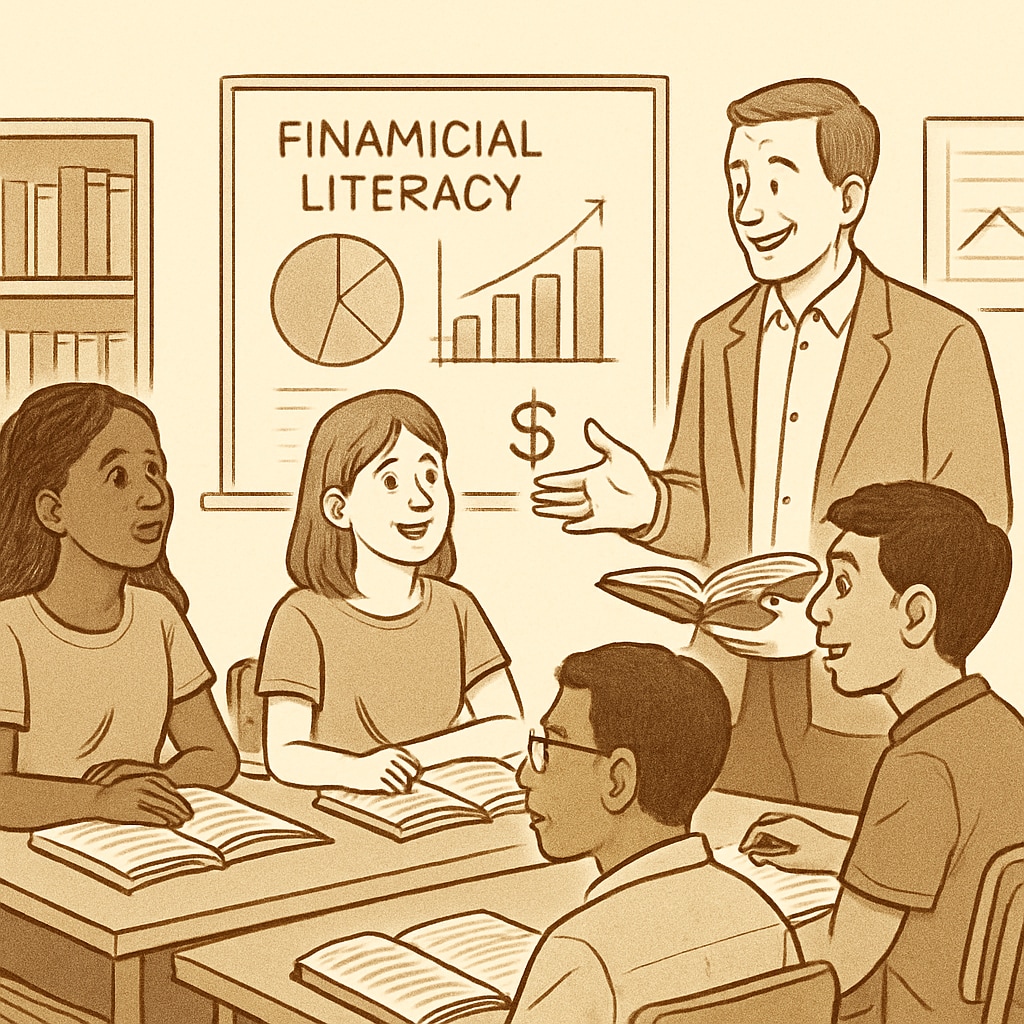For many students, the dream of pursuing higher education, such as applying to medical school, is often overshadowed by tuition challenges. Platforms like GoFundMe have become a lifeline for these students, highlighting the gaps in the K12 education system when it comes to financial planning and preparedness. This article delves into the economic hurdles faced by students, the shortcomings of the current education system, and potential solutions to create a more equitable path to academic success.
The Role of Financial Preparedness in Higher Education
Higher education is increasingly becoming a privilege rather than a right, as tuition costs continue to rise. According to a Britannica article on student loans, the average student loan debt in the U.S. exceeds $30,000. For aspiring medical students, this figure can multiply several times. Unfortunately, many students graduate from the K12 system without the necessary financial literacy to plan for these expenses effectively.
The absence of mandatory financial education in most K12 curriculums leaves students and their families ill-equipped to navigate scholarships, grants, and tuition savings plans. Moreover, the lack of awareness about the long-term implications of student loans exacerbates the issue. As a result, many students are forced to turn to crowdfunding platforms like GoFundMe to bridge the gap in their financial needs.

How Crowdfunding Platforms Address Tuition Challenges
Crowdfunding platforms, such as GoFundMe, have emerged as an alternative solution for students facing financial hardships. These platforms allow students to share their stories, appeal to their communities, and raise funds for tuition and other educational expenses. For instance, many medical school applicants have successfully funded a portion of their education through GoFundMe campaigns, highlighting the generosity of networks willing to support ambitious individuals.
However, while crowdfunding offers immediate relief, it is not a sustainable solution. Students’ reliance on these platforms reflects systemic issues within the education and financial aid systems. The K12 system must address these challenges by providing students with both the knowledge and tools to plan for higher education costs effectively.

Reforming the K12 System to Build Financial Resilience
To minimize the need for crowdfunding and reduce tuition-related stress, the K12 education system must incorporate comprehensive financial literacy programs. These programs should focus on:
- Understanding student loans and their long-term impact
- Exploring scholarship and grant opportunities
- Developing budgeting skills for everyday expenses
- Learning about investment and savings plans, such as 529 College Savings Plans
In addition, schools can partner with financial institutions and nonprofit organizations to provide workshops and resources tailored to college planning. By empowering students with this knowledge early, they can make informed decisions about their academic and financial futures.
Building a Fairer Educational Funding System
While financial education is crucial, systemic reforms are equally important. Governments and educational institutions must work together to create a more equitable funding system for higher education. This includes increasing the availability of need-based scholarships, reducing tuition fees for low-income families, and expanding work-study opportunities. Additionally, simplifying the financial aid application process can ensure that more students access the resources they need.
Countries like Germany and Norway, which offer free or low-cost higher education, serve as models for how systemic changes can alleviate the burden of tuition. While such reforms may be challenging to implement in other nations, they highlight the importance of prioritizing education as a public good rather than a commodity.
Conclusion: Bridging the Gap Between Dreams and Reality
For students aspiring to attend medical school or any other higher education institution, tuition challenges should not be the deciding factor in whether their dreams are realized. While platforms like GoFundMe provide valuable support, they are a temporary patch for a larger issue. By reforming the K12 system to prioritize financial literacy and advocating for systemic changes in educational funding, we can help students transition from financial struggle to academic success.
Ultimately, the responsibility lies with educators, policymakers, and communities to ensure that no student is left behind due to financial constraints. Education is an investment in the future, and it is time we treat it as such.
Readability guidance: This article uses concise paragraphs, lists, and a balance of transition words to maintain readability. It also minimizes passive voice and long sentences to ensure clarity.


